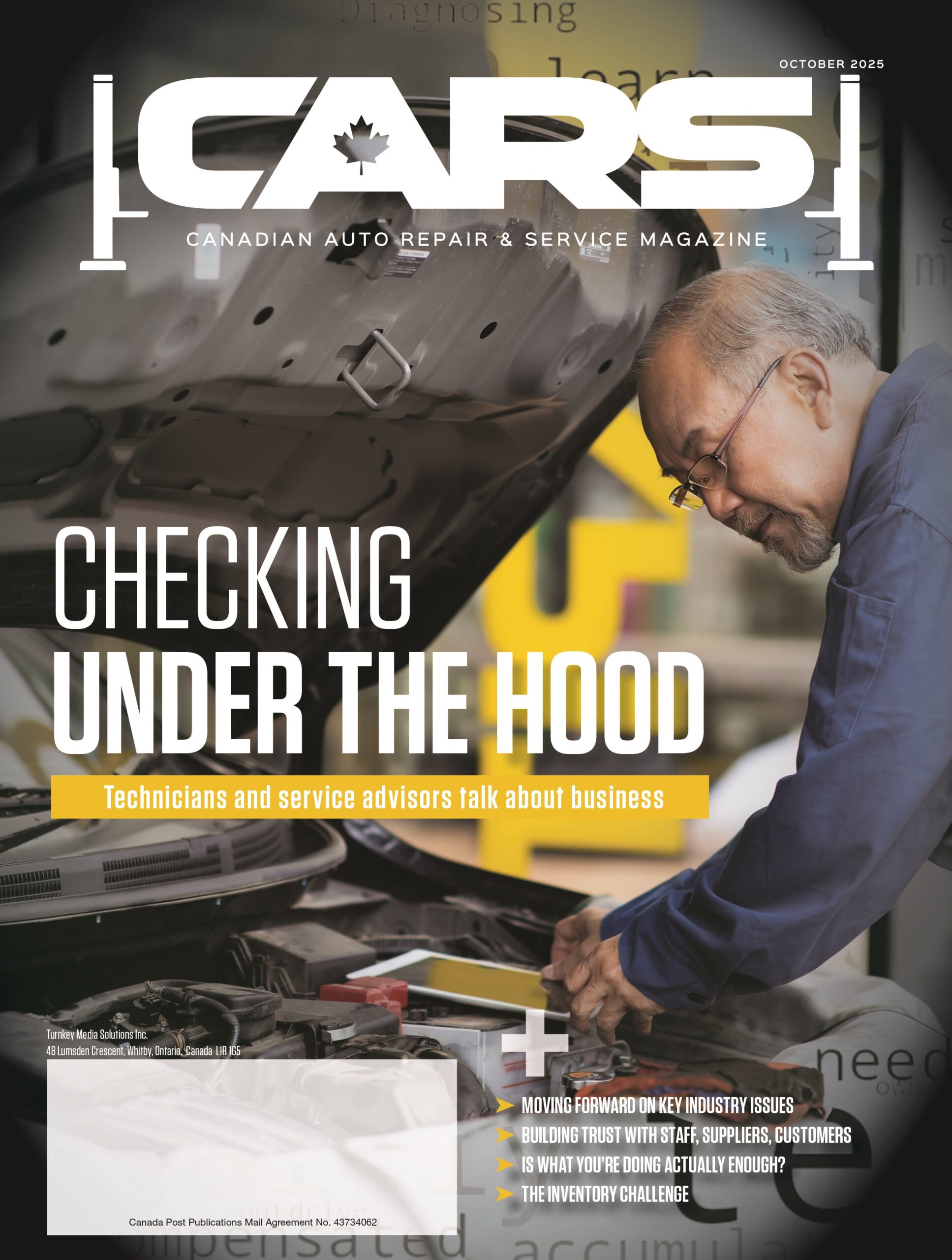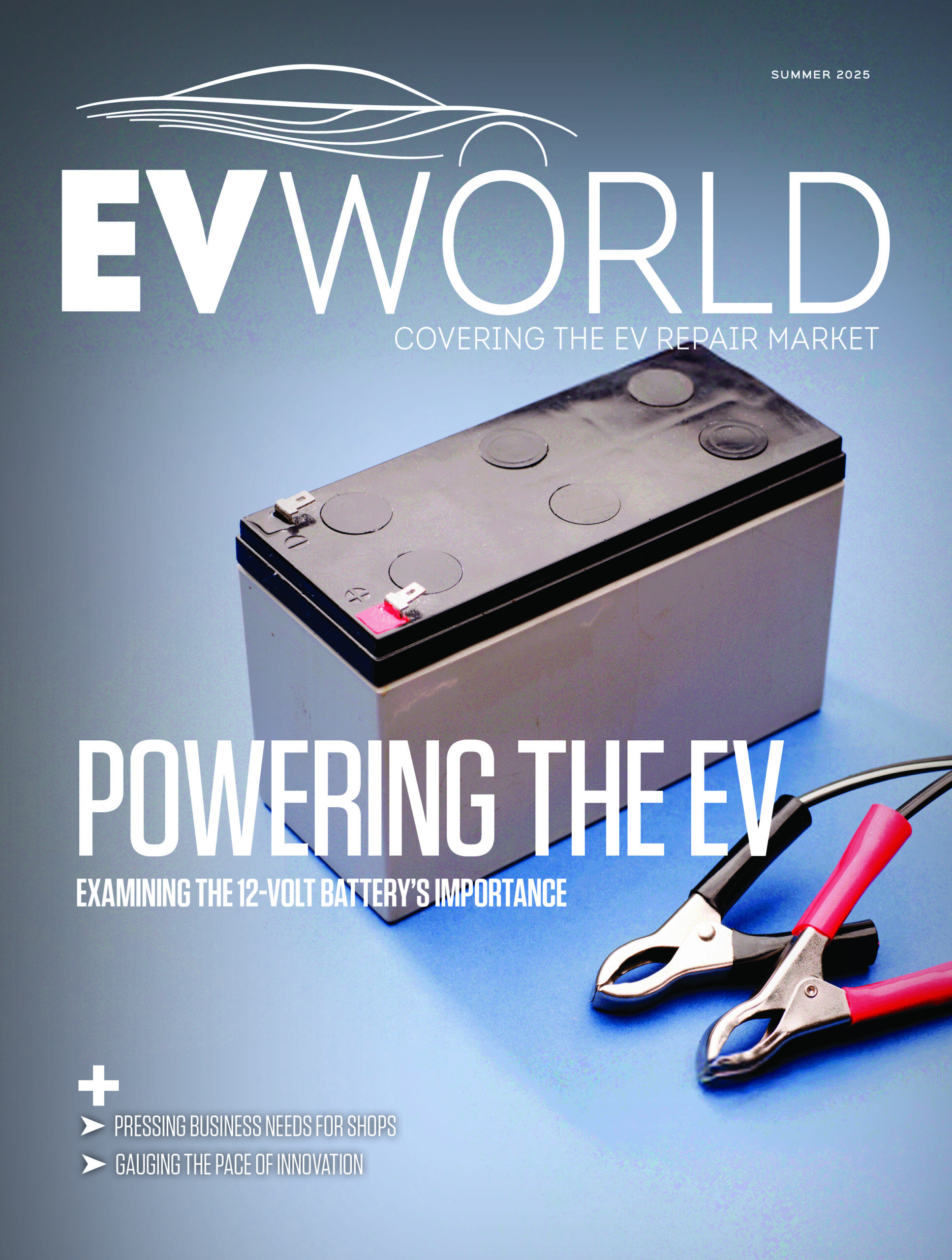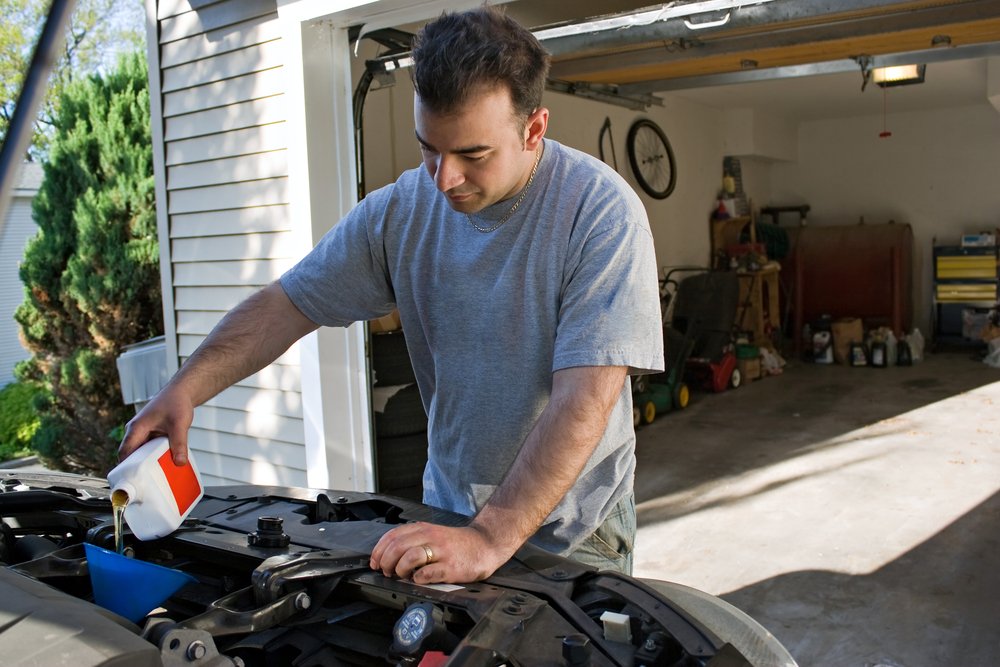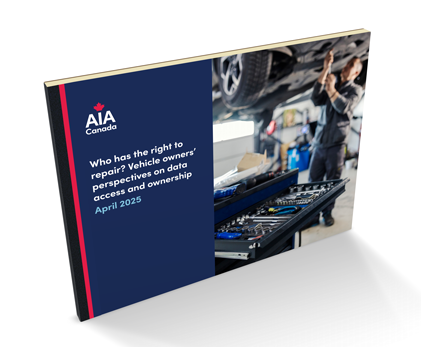
Shopping for a new car has become more satisfying, according to a new study.
The 2024 Car Buyer Journey (CBJ) Study by Cox Automotive said these high lelevls of satisfaction are being driven by advancements in digital tools that seamlessly integrate online and in-dealership activities.
The study highlighted the growing satisfaction among electric vehicle (EV) buyers, who are leading the way in satisfaction during the car-buying process.
“Auto dealers who embrace the latest technology and engage in a transparent, easy-to-navigate process have consistently delivered the highest levels of satisfaction,” said Isabelle Helms, vice president of research and market intelligence. “That was true 15 years ago and remains true as ever today.”
New-vehicle buyers reported a record 75 per cent satisfaction rate with the overall shopping experience, the highest in the study’s history. This surge is largely attributed to advancements in digital tools, pricing transparency and a balance between online and in-person dealership experiences.
In 2024, improving sales incentives and a wider selection of new-vehicle inventory also contributed to increased satisfaction. Notably, 42 per cent of new-car buyers stated their experience was better than their prior purchase, with dealership satisfaction reaching a historic high of 81 per cent.
Decline in overall satisfaction
However, satisfaction among all vehicle buyers declined slightly in 2024 compared to the prior year, pulled lower by a decline in satisfaction among used vehicle buyers. Overall, 67 per cent of both new and used buyers were highly satisfied with the journey, down from 69 per cent in the previous study. The decline was likely driven by elevated auto loan rates, which hit a 20-year high in 2024, and tight used-vehicle inventory. Used vehicle buyers are less likely than new-car buyers to encounter improved digital tools that support a seamless, efficient, omnichannel vehicle-buying process.
However, a 64 per cent satisfaction rate among used-vehicle buyers was higher than at any time before the global COVID pandemic. Research suggests that many automobile dealers, both franchised and independent, invested in improved processes to deliver a more digital buying experience during the pandemic, resulting in changes that have boosted overall satisfaction with vehicle buying.
Digital tools
Cox Automotive’s research suggested that improved digital tools and advances in AI have revolutionized the car-buying experience, offering a more transparent view of pricing, financing details and inventory availability. Buyers completing key steps online, such as applying for credit or pre-filling paperwork, saved an average of 42 minutes at the dealership, streamlining the process significantly. New-vehicle buyers saved more time – at 49 minutes – while used-vehicle buyers saved 40 minutes.
Eigh in 10 (82 per cent) of new-vehicle buyers who completed more than half of the required steps online expressed high satisfaction with their dealership experience. Despite the availability of digital tools, buyers still value time spent at dealerships for test drives, interacting with sales teams, and vehicle pick-ups — essential components of a seamless in-person experience.
“It is a common misconception that most vehicle buyers today want a completely online car-buying process,” Helms said. “The findings in the latest CBJ Study indicate that buyer satisfaction is influenced not merely by the time involved, but rather by the efficiency of the transactional aspects of the buying journey.”

Connecting online and in-dealership activities
The ultimate goal of car-buying innovation is to create an efficient buying experience — a seamless integration of online and in-store interactions. The connected, omnichannel approach enables consumers to move fluidly between digital and physical spaces, ensuring that any progress made online is reflected in-store without repetition or vice versa.
According to the study, buyers and dealers who engage in this collaborative process save meaningful time, especially reducing the time associated with negotiations and paperwork.
Interestingly, in 2024, vehicle buyers spent more time “in process”; the time spent shopping for vehicles online, talking with others, and visiting dealerships all increased in 2024. The extra time in-market did not adversely affect vehicle buying satisfaction. This is primarily because the additional time was allocated to shopping, test-driving, and learning about product features, rather than the actual purchase process.
“The most recent CBJ report reminds us that car-buying satisfaction is not simply time-related,” added Helms. “Rather, satisfaction is driven by streamlining the transactional portions of the car buying journey. Spending more time shopping and exploring products and deals can actually be enjoyable for consumers. The important lesson here is that new technology is streamlining the purchasing process, making it more efficient and easier. That’s the key to higher satisfaction.”
EV buyers tops in satisfaction
The EV market continues its charge forward, not just as a greener option but as a standout leader in customer satisfaction during the car-buying process. According to the study, EV buyers reported higher satisfaction levels across several critical aspects of the purchase experience, outperforming their traditional internal combustion engine counterparts. The data shows that 82 per cent of new EV buyers stated they were “highly satisfied” with the overall shopping experience, compared to 75 per cent of new ICE vehicle buyers.
One significant driver of EV buyer satisfaction is the prevalent use of digital tools during the car-buying process. Three-quarters (76per cent) of EV buyers indicated they used digital tools in the buying process, whereas only 42 per cent of traditional ICE buyers took steps online. Sixty-four per cent of hybrid buyers engaged online tools.
These tools provide clarity on inventory, financing options, and add-ons like charging equipment or related F&I products, making complex components of the EV purchase more accessible. With more buyers embracing online buying tools, EV buyers, on average, spend less time than ICE buyers at a retailer negotiating and finalizing paperwork. EV buyers were also more satisfied with how long the entire shopping process took.
New EV buyers also use social media and third-party sites (including Cox Automotive’s Kelley Blue Book and Autotrader) more often than ICE buyers during the shopping process. They are more likely to review videos from experts and watch online test-drive videos. EV buyers, more than ICE buyers, prioritize safety and technology in their decision-making, according to the study.
Image credits: Depositphotos.com













Leave a Reply